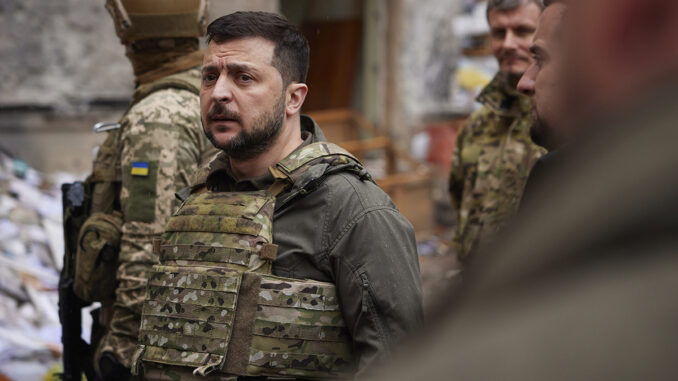
“Brutality can seize ground, but it cannot conjure victory.” That stark truth, voiced by Dr. Andrew Latham, frames the emerging reality in Ukraine neither Russia nor Ukraine can force a decisive breakthrough, yet both continue to bleed resources in a grinding war of attrition. The autumn offensive that Moscow once touted as decisive has yielded only marginal territorial gains at staggering human and material cost. Kyiv’s defense-in-depth, bolstered by drones, robotic systems, and resilient logistics, has denied Russia the sprint it seeks.

It is in this context that the concept of a ‘fortified freeze’ a ceasefire cemented by deterrence and enforcement has moved from the abstract to the plausible. It is not surrender, but a strategic timeout calculated to preserve the sovereignty of Ukraine by making the price of renewed attack beyond rational calculation. These seven pillars, drawn on the basis of battlefield data, legal norms, and technological developments, shape the most consequential dynamics shaping such an outcome.
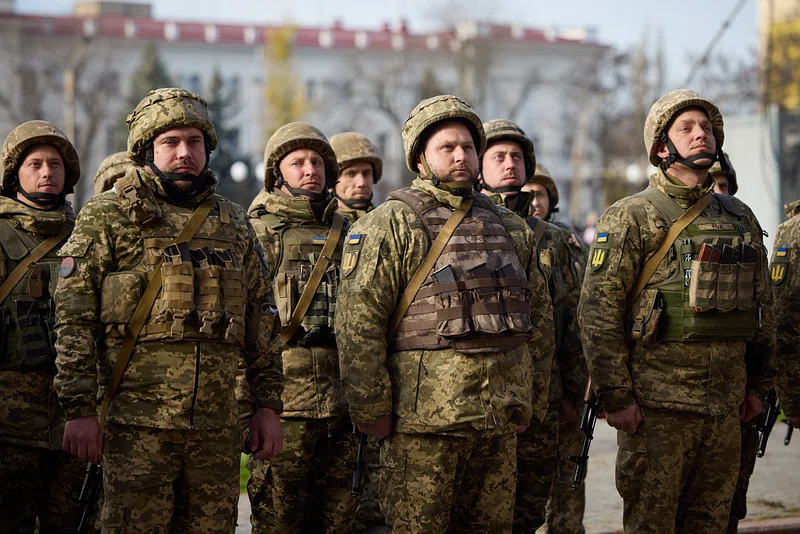
1. Attrition’s Grip on the Battlefeld
Russian armies have only moved 50–135 meters on average each day in major sectors since the end of 2024, slower than World War I’s Somme offensive. Territory captured under 5,000 sq km since January 2024 is insignificant relative to the 120,000 sq km of territory captured in the first few weeks of the war. This languor mirrors Ukraine’s multi-tiered defense, including trenches and minefields and interconnected artillery and drone networks, which cause disproportionate defeats. Russia’s loss list approaches 1 million by mid-2025, the dead 15 times higher than in the Afghan war, highlighting the unsustainable nature of the offensive operation.

2. Ukraine Defense-in-Depth and Technological Edge
Kyiv has evolved its defense stance since 2014, combining Soviet-era systems and new Western air defense systems and indigenous innovations. Mobile SAMs, MANPADs, and AAA have established a reciprocal air denial area, and AI-powered drones and electronic warfare defeat Russian glide bombs and reconnaissance. Robot systems now resupply front lines, remove casualties, and even penetrate enemy lines, minimizing exposure for human soldiers. This combination of old and new has enabled Ukraine to persevere and learn in this war of attrition of the highest-tech.
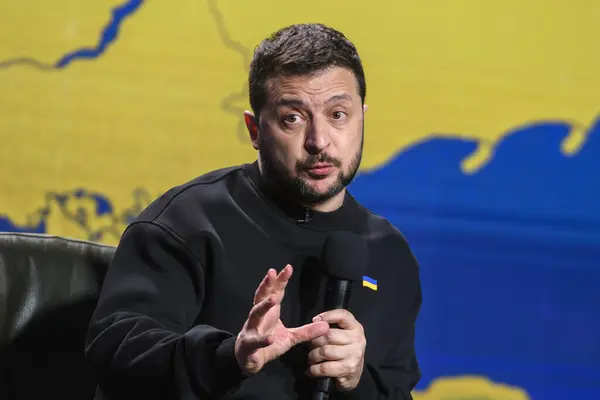
3. Fortified Belt of the Western Donetsk Region
Western Donetsk’s ‘fortress belt’ of 50 km of trenches, bunkers, and anti-tank barriers forms the anchor of Ukraine’s eastern defenses. Capturing the belt would take years, says the Institute for the Study of War. Territorial advantages such as the Chasiv Yar height assist the Ukrainian integration of artillery and drone warfare. Giving this area up would eliminate a bulwark defense of future offensives, the danger President Zelensky has ruled out absolutely, saying the Donbas region would have strategic value as the springboard of further Russian advances.

4. Legal Architecture of a Ceasefire
An indefinite, general ceasefire does not bring an end to an armed conflict but suspends active hostilities by agreed terms. Since Article 40 of the Hague Regulations determines, a ‘serious violation’ short of an armed attack allows for denunciation and return to hostilities. Previous precedents, ranging from the 1967 Arab-Israeli ceasefire to UNSCR 687 and Iraq, indicate enforcement mechanisms and definitive thresholds of violations are required. In the absence of strong verification and automatic sanctions, a ceasefire may become a form of strategic time-out for the aggressor.

5. Integrated Air and Missile Defense as Deterrence
A fortified freeze would necessitate multilayered defenses to dull new assaults. That would involve multinational monitoring forces, air policing campaigns, and combined air and missile defense capable of countering mass salvoes of drones and wave upon wave of cruise missiles. Ukraine’s current network of combining Western systems, such as Patriot and NASAMS, and modernized Soviet systems has already made the Russian aggressors adjust their tactics. Under a ceasefire, expanding this shield would make the price of violating it much higher, so renewed attack would be much riskier.
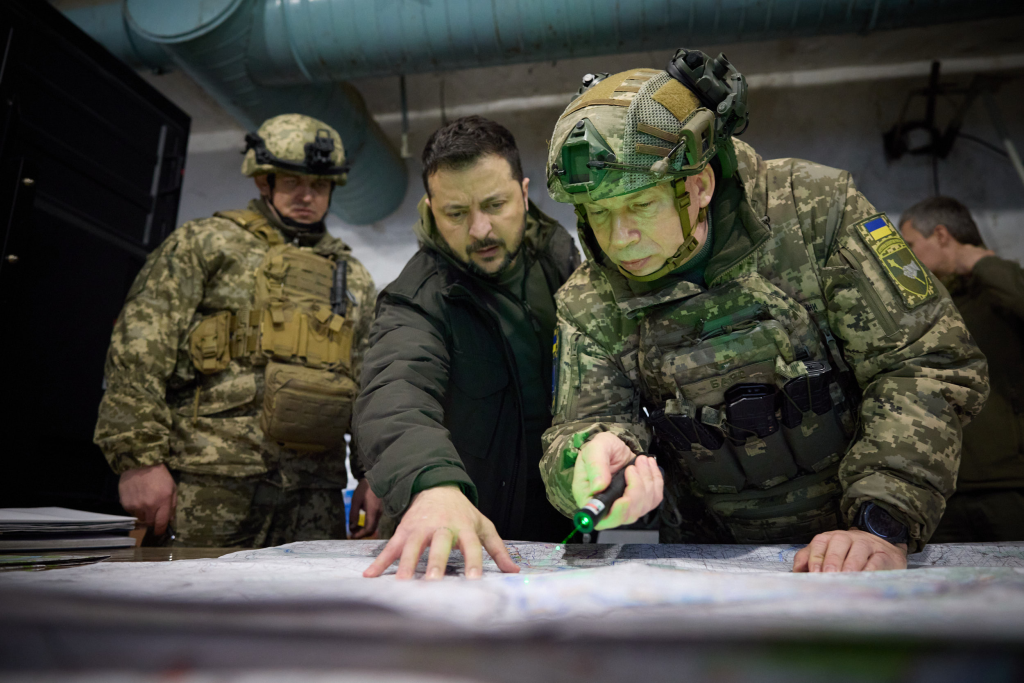
6. Economic Statecraft to Maintain the Freeze
Sanctions on Russia’s energy exports, minerals, and organized crime are key to limiting its war machine. Sanctions on consumers of Russian oil as a secondary measure could lop off Kremlin revenues by 20% while having little effect on world fuel prices. Freezing and seizing $300 billion of frozen Russian assets to pay for Ukraine’s defense-industrial base would both underwrite deterrence and make the point to future aggressors that violations have long-lasting economic costs.
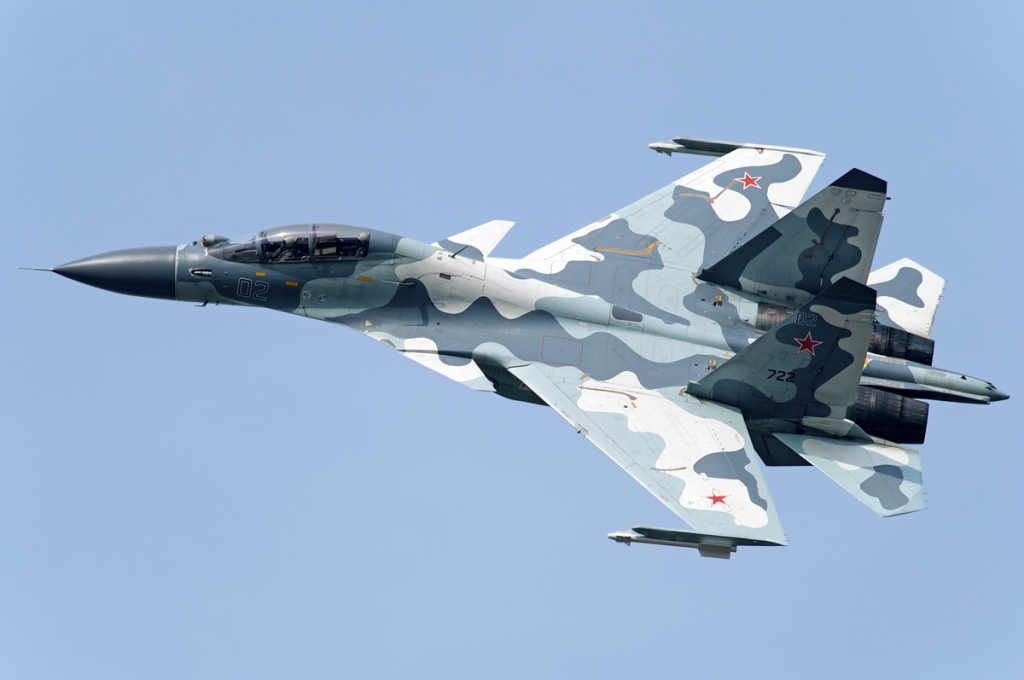
7. Offensive Capability as the Best Defense
Ukraine’s recent deep strikes using ATACMS, Storm Shadow missiles, and commercial drones smuggled into Russia have destroyed bombers, refineries, and ammunition plants, directly reducing Moscow’s capacity to launch air and missile attacks. Integrating offensive reach into a fortified freeze ensures that deterrence is not solely reactive. As seen in May 2025’s unprecedented sea-drone shootdown of Russian Su-30 fighters, the ability to hit strategic assets before they threaten Ukrainian skies is a force multiplier for any defensive arrangement.
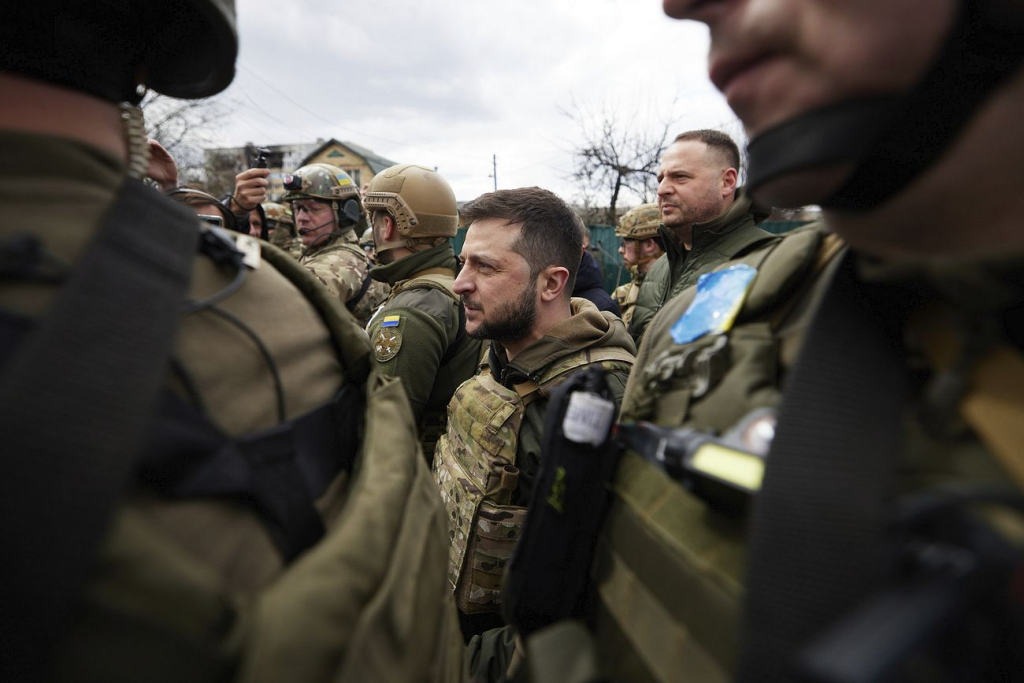
A ‘fortified freeze’ would not be a peace born of mutual goodwill, but a pragmatic recognition of battlefield limits and political realities. By combining entrenched defenses, legal clarity, integrated deterrence, economic pressure, and credible offensive reach, Ukraine could lock in a defensible status quo while preparing for future contingencies. The success of such a strategy hinges on making the cost of renewed aggression militarily, economically, and diplomatically prohibitively high, ensuring that any pause in hostilities becomes a shield rather than a mere breather.

